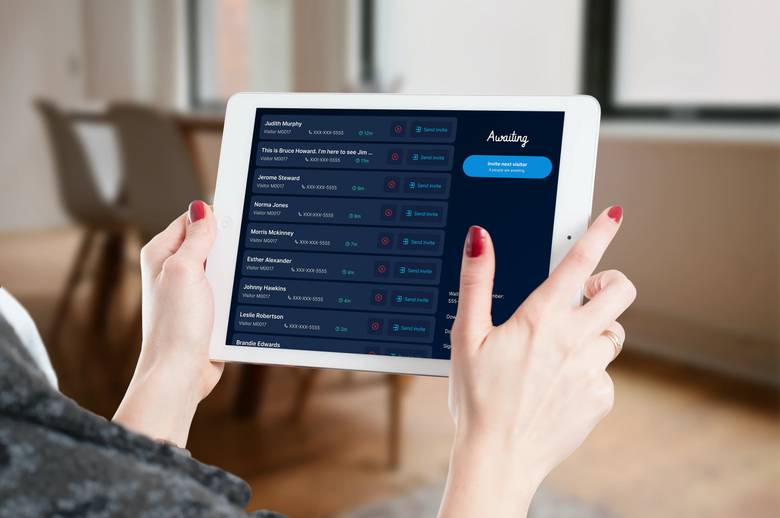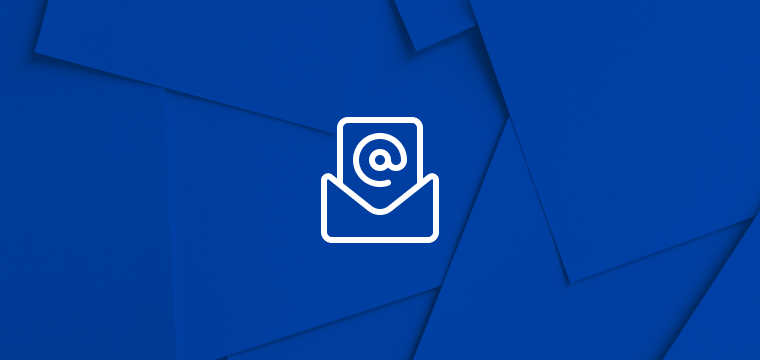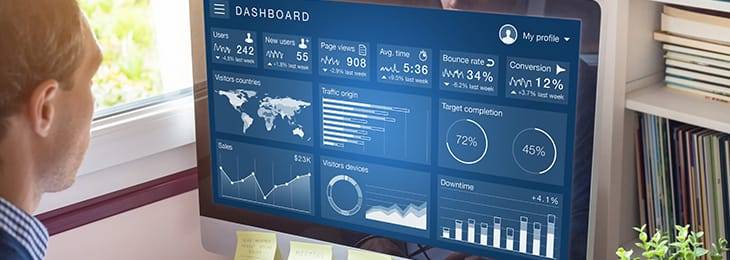In the 1990s, it was easy to define the tech industry; companies that focused on creating new hardware or software were “tech companies,” and only some other industries capitalized on those creations. Today, every company needs to be a tech company, at least in some respects. Every industry is leaning on specific software to communicate, stay organized, or out scale the competition.
The healthcare industry is certainly no exemption. Medical technology is always advancing to impressive new heights, from better scanning equipment to surgical robots, but hospitals and other healthcare organizations are often woefully behind in the adoption and use of better technological tools. That’s because technology in the healthcare industry plays a much larger role than simply communicating faster and having pleasant experiences-technology in healthcare is often a life or death situation, and wrong steps can mean catastrophic consequences when diagnosing or treating a patient.
Hospitals and healthcare organizations need to prioritize better tech in three key areas if they’re going to remain in line with patient expectations, improve the quality of their care, and stay competitive with adjacent organizations. There is some overlap between these areas, but each requires your attention if you want to succeed.
1. Automation
First up is automation. From data integrations to predictive artificial intelligence (AI), automation is designed to reduce the burden of manual tasks; rather than requiring a human being to enter data, submit a form, or take some other action, automation takes care of things without human intervention.
There are three main benefits to automation:
- Time savings. Doctors and surgeons should be focused on their most important work—taking care of patients. By automating the burden of manual tasks and paperwork, the right software allows doctors and surgeons to focus on the patients and relieves stress at the same time. It can also help other staff members complete their responsibilities quicker, enabling them to focus on higher-level responsibilities. By automatically transcribing audio inputs, smart processes can correlate, categorize, and even file doctor notes without interacting with a traditional screen interface.
- Error reduction. No matter how trained or experienced someone is, all human beings are capable of errors. And in the healthcare industry especially, those errors can be devastating. Automation is predictable and much less error-prone, allowing hospitals to keep meticulous records and ensure nothing is lost due to a critical mistake. At Vaporware, we specialize in systems that have “confidence” or “tolerance” variables - allowing processes to be automated to a degree of certainty and humans to provide error checking when misses occur. The banking and security industries have been sampling data and spot-checking for years to do more with less, why isn’t healthcare?
- Safety. Automation plays a large role in increasing safety in industries like manufacturing, but it’s important to note the safety improvements it can bring to the healthcare industry as well. Simple improvements, like automated appointment reminders, help change patient behavior to adhere to medical recommendations, while automated procedural prompts can help staff members keep environments cleaner and more capable of treating patients.
Automation can be utilized in any healthcare-related responsibility that’s predictable and/or repetitive, from patient-facing responsibilities to purchasing and billing. Over time, automation can also result in net cost savings, since labor costs would stay the same or even decrease as production increases. Ultimately this would allow more patients served with smaller investments.
2. Patient Experiences
Positive patient experiences are crucial to the success of any hospital; higher patient satisfaction increases patient engagement, increases positive health outcomes, boosts the organization’s reputation, and encourages more patient visits. And as you might have guessed, the right technology can greatly improve your overall patient experiences.
There are several ways to integrate technology into the average patient’s experience, including:
- Communication. The right tech products can make communication faster, easier, and more consistent at every stage of the process. A patient-facing app can make it easy for patients to schedule new appointments, and get automated reminders when an appointment is coming up. They could also download consent forms, ask questions to their healthcare providers, and follow-up easily with any mobile device.
- Record accessibility and transparency. Being able to access their own medical records at any time is a huge benefit for most patients, leading to increased trust and confidence in your organization.
- Continuity of care. If a patient needs to see a separate specialist, or see a different healthcare provider, the right technology can make the continuity of care a non-concern.
- Remote care. In some cases, you can also leverage the power of remote consultations, allowing patients with mobility issues to get access to a similar level of care as they’d get by visiting in person. This, in turn, reduces costs for both doctors and patients.
3. Cybersecurity
Though more of a defensive measure, it’s vital for modern healthcare organizations to invest heavily in cybersecurity. Hospitals and other healthcare organizations are increasingly the targets of cyberattacks for several important reasons. Hospitals keep detailed records on patients, including personal information like social security numbers. They also have access to thousands or even millions of records. Perhaps most notably, they often use antiquated technology or vulnerable systems that are easy to exploit; a single ransomware attack would disrupt an entire hospital’s network in the span of an afternoon. And this is not hypothetical—it has already happened.
The good news is that with the right investments, your hospital can almost instantly remove the target on its back. Most “hackers” are opportunistic, attacking large ranges of targets at the same time, and spending the most on the oldest of technology targets, so keeping your systems up to date is the best way to initially deter them.
Next, the adoption of cloud-first software will help lessen the impact of an attack by spreading out the systems instead of one central target. While there is a large curve required to adopt cloud-first platforms like HIPAA partner agreements, backup connectivity systems, and latency integration concerns, this diversification helps health systems rely on the best-in-class security from industry leaders instead of fighting the world on a shoestring budget.
Whichever approach you choose, cybersecurity for your healthcare organization is going to be an investment. You’ll need to make some blanket upgrades, like making sure your computers were made within the past 5 years and ensuring all your operating systems are up-to-date. You’ll also need to build or choose apps that make cybersecurity a top priority; not all commercially available software platforms for the healthcare industry have the same attention to security.
Most importantly - don’t forget the human element; many cyber exploits are the result of an employee mistake, so you’ll need to make sure your team is using proper access-control systems to restrict individual employee access. Even then it’s best to have employees adequately trained in cybersecurity best practices. Fortunately, this amounts to a series of basic habits, such as keeping strong passwords, changing those passwords regularly, and avoiding the temptation to click on suspicious links or download email attachments from unfamiliar senders.
Creating the Software You Need to Stay Relevant
There are thousands of software options available to the healthcare industry, but most tech leaders in hospitals struggle to make the right picks. There are too many variables to consider, and an off-the-shelf software product rarely provides you with all the right factors you need to succeed.
Accordingly, your best course of action may be to create your own software system from scratch. By working with a custom software developer, you can create a product that works for your entire organization, with all the features you need for it to function efficiently. Whether you’re interested in automating more manual tasks, improving patient experiences, or upgrading your cybersecurity, check out Vaporware’s healthcare focus to learn more.







